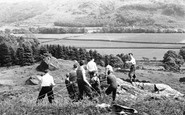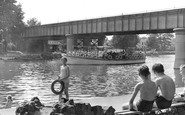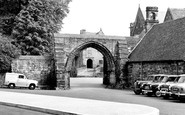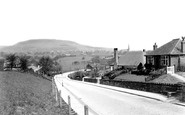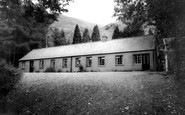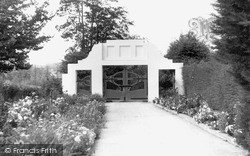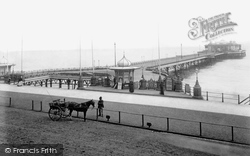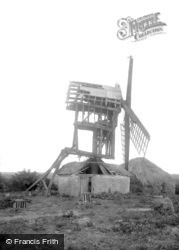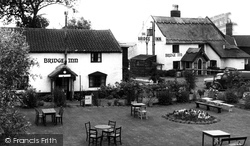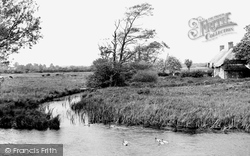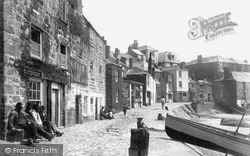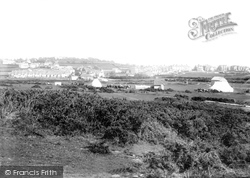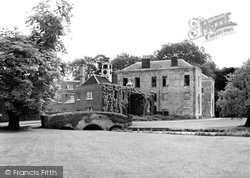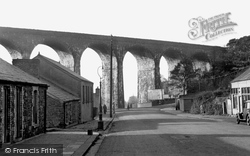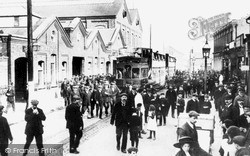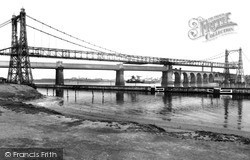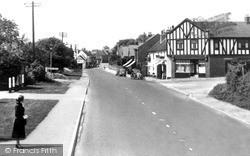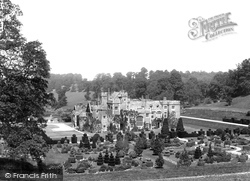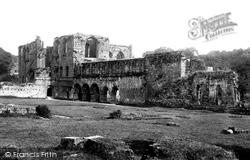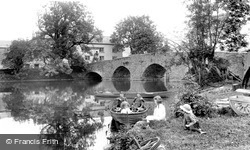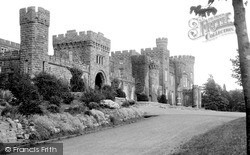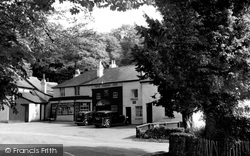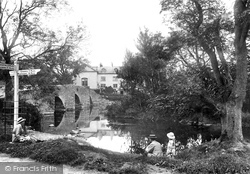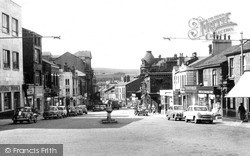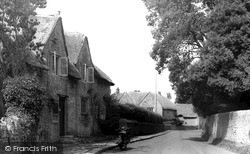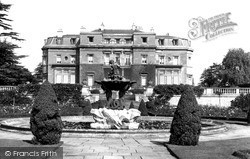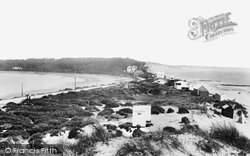Places
Sorry, no places were found that related to your search.
Photos
5 photos found. Showing results 641 to 5.
Maps
83 maps found.
Books
Sorry, no books were found that related to your search.
Memories
1,127 memories found. Showing results 321 to 330.
Fullerton Road & Area 1956 65
I lived at 2 Fullerton Road from 1956-1965, it was a cul-de-sac in those days. It was lined with Plain Trees with sticky leaves. There were a couple of factories at the end on the left hand side, the names fail me now. ...Read more
A memory of Addiscombe in 1956 by
Early Days 1956
Wonderful Experience spent my sixteenth birthday at the school, Memories fade, I believe my house master was a Mr Morrell? My badge was all blue, I had to go to his room for my assessment sat in front of a blazing log fire. We had a ...Read more
A memory of Whitby in 1956 by
Near ''the Lammas
1954-1959, say?? Perhaps earlier too. This section of the River looks v. close to the area off the top of Thames or Bridge Street (?) known as The Staines "Lammas". A number of pools and play areas, with a swimming pool set into the ...Read more
A memory of Staines in 1956 by
Childhood Memories
Hi there, some of you may know me or my family, at the top end of Pike Lane, or 'Havens Hill' as it was called. Does anyone remember the fish and chip shop and the coal yard in that lane by the way? My memories are of :- Helping ...Read more
A memory of Armitage in 1956 by
The Village Bobbies' Car
My late father, Tom Jenkinson, was the village policeman in Repton from the early 50's until near his retirement in 1973. This photograph shows his car parked with others by the Arch. The old Ford Squire 60ARB.. I was very ...Read more
A memory of Repton in 1955 by
Brookhouse
I used to live at Brookhouse with my parents, great aunt and maternal grand mother. Brookhouse was split into 3 houses at the time (131, 133, 135 Holcolme Road). My grandfather (Thomas Lomax) visited at Christmases and holidays. My ...Read more
A memory of Tottington in 1955 by
The Down And Up
We went to stay at Plas-Y-Nant, Easter, Whit and Summer every year in the 50s. It was simply wonderful. Yes, I remember Auntie Lena and the whole range of little customs and practices we willingly engaged in. Not the least ...Read more
A memory of Betws Garmon in 1955 by
Park Court ~ Balham Park Road
My Aunt & Uncle (Ella & Cecil Forbes) lived in a two bedroom flat in Park Court in Balham Park Road from 1948 & throughout the 1950s and I spent much time staying with them as my parents ran pubs in The City. ...Read more
A memory of Balham in 1955
Countryside Memories Holidays In The 1950s
The journey from our home in North Essex to my grandparents’ home in North Derbyshire took almost a full day back in the 1950s, allowing of course for periodic stops along the way. The first, usually at ...Read more
A memory of Glossop in 1955 by
My Memories
I first came to stay in the area when I was about 4 yrs old, I was born in 1951. We stayed in a tent on a farm just outside Llanrhaeadr on the Pistyll Falls lane. The farm was owned by a man called John Jones, his wife and ...Read more
A memory of Llanrhaeadr-ym-Mochnant in 1955 by
Captions
1,233 captions found. Showing results 769 to 792.
There seems to be ample room beneath the wide arches of Llanfoist Bridge, but when the Usk floods the waters have often risen to the top of them and flooded the Castle Meadows in the foreground
The entrance arch, with its green gates, was demolished in the 1980s to allow access for lorries building the new leisure centre.
The pier has since been much built on, with varying degrees of success.
Looking very much a shadow of its former self, this windmill would have ground corn. In common with other mills in the area, it is a post mill, with the mill revolving round the central post.
The now much enlarged thatched house on the right is the only Bridge Inn building standing today; the left-hand one has been demolished.
Thatched cottages (right) stand between Woolbridge Manor and the River Frome, looking upstream from the five mediaeval arches of Wool Bridge.
The road is very different to its modern counterpart, and reflects how much the sea was the main way out of St Ives. Cars pass by today where boats were once pulled up on the beach.
Before the new resort grew up across the landscape, much of the countryside around the old village was open downland along the breezy coastal strip.
The house looks much the same today, though it is now a conference centre. The bridge in the foreground is 18th century, built of brick rubble with a moulded parapet.
The line is long-since closed, but this towering sixteen-arch structure stands as a lasting reminder of Victorian skill and energy.
The 775 employees at Wolverton Works in 1851 grew to 2,000 by 1860, with the LNWR the largest single employer in North Bucks; a company engine driver earned nearly four times as much as an agricultural
there has been considerable investment in rejuvenating and developing the town, so much so that apparently property prices in and around the town are now rising faster here than in
Mickleover, still known as 'the village' to its residents, is today not much more than a dormitory town to nearby Derby.
Much of the stone came from the ruined Fulbrook Castle, which had been given to William de Compton by Henry VIII.
Much of the stone came from the ruined Fulbrook Castle, which had been given to William de Compton by Henry VIII.
This view shows the late Norman arches of the cloisters. After the Dissolution of the Monasteries (1536-9) it became the property of Thomas Cromwell and soon fell into disrepair.
In the background is the 16th-century five-arched bridge which gave the village its name.
Not so much a castle as a huge castellated mansion, Cyfarthfa stands near Merthyr Tydfil and was built in 1825 for Robert Thomas Crawshay, a wealthy iron-master.
In previous centuries the old taverns hereabouts were much used by smugglers, who had brought into the Forest the contraband they had landed on the south coast.
A family picnic by the five-arched bridge originally built in the 16th century over the River Leven.
The buildings have not changed much, but the street has lost its hustle and bustle. Car parking was allowed at this time.
The street remains much the same today.
Much of the Hoo's 1053 acres of parkland were designed and laid out by Capability Brown in the 18th century.
The area has been much built upon in the century since this photograph was taken.
Places (0)
Photos (5)
Memories (1127)
Books (0)
Maps (83)



